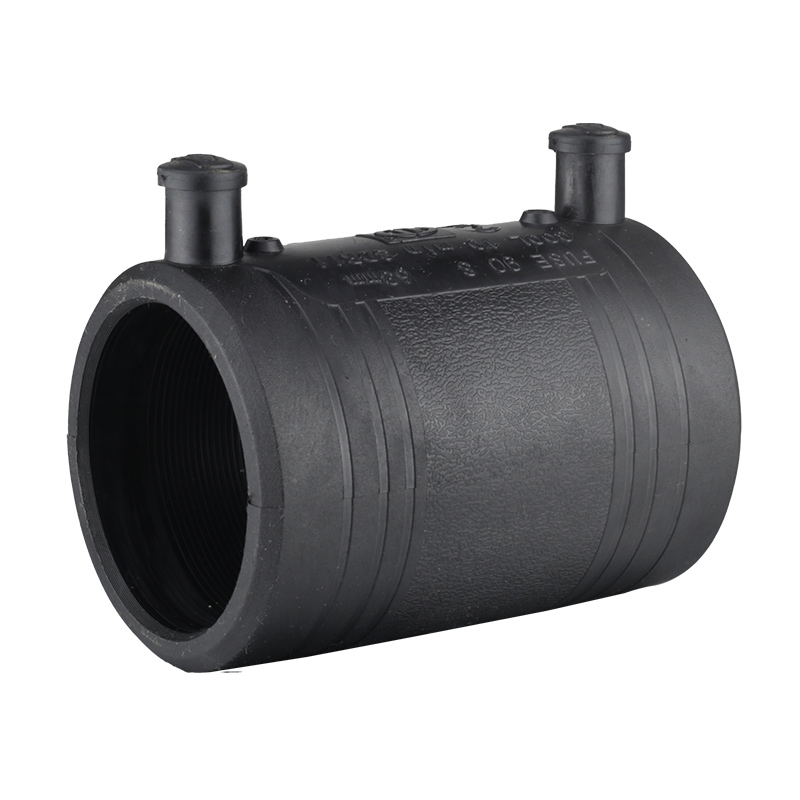Moving a 20ft shipping container can be a daunting task, requiring careful planning, specialized equipment, and expert knowledge. In this comprehensive guide, we will delve into the intricacies of container transportation, exploring various methods, equipment, and safety considerations. Whether you are a logistics professional or an individual looking to relocate or repurpose a shipping container, this article will equip you with the necessary expertise to ensure a smooth and successful move.
- Understanding the Basics:
1.1 The Anatomy of a 20ft Shipping Container:
- Explore the structural components and dimensions of a standard 20ft shipping container.
- Discuss the different types of containers and their specific uses.
1.2 Preparing for the Move:
- Highlight the importance of conducting a site assessment and obtaining necessary permits.
- Provide a checklist for ensuring the container is properly secured and ready for transportation.
- Discuss the significance of weight distribution and balancing within the container.
- Choosing the Right Transportation Method:
2.1 Road Transportation:
- Explain the process of moving a container using a truck or trailer.
- Discuss the different types of trucks and trailers suitable for container transportation.
- Address the legal requirements and safety considerations associated with road transportation.
2.2 Rail Transportation:
- Explore the advantages and limitations of moving a container by rail.
- Discuss the specialized equipment used in rail transportation, such as flatcars and well cars.
- Highlight the importance of coordinating with rail operators and understanding their regulations.
2.3 Sea Transportation:
- Provide insights into container shipping, including the use of cargo ships and container vessels.
- Discuss the role of freight forwarders and shipping lines in organizing sea transportation.
- Explain the process of container loading and unloading at ports.
- Specialized Equipment and Techniques:
3.1 Cranes and Forklifts:
- Discuss the different types of cranes and forklifts used in container handling.
- Explain the proper techniques for lifting, positioning, and securing containers.
3.2 Container Lifting and Securing:
- Explore the use of twist locks, corner castings, and lashing techniques for container securing.
- Discuss the importance of using certified lifting equipment and adhering to safety standards.
- Safety Considerations:
4.1 Risk Assessment and Mitigation:
- Highlight the importance of conducting a thorough risk assessment before moving a container.
- Discuss potential hazards, such as uneven terrain, overhead obstacles, and adverse weather conditions.
- Provide strategies for mitigating risks and ensuring the safety of personnel and cargo.
4.2 Legal and Regulatory Compliance:
- Address the legal requirements, permits, and regulations associated with container transportation.
- Discuss international standards, such as ISO container certifications, and their significance.
Conclusion:
Moving a 20ft shipping container requires a comprehensive understanding of the logistics involved, as well as adherence to safety protocols and legal requirements. By following the guidelines and insights provided in this article, you will be well-equipped to navigate the complexities of container transportation. Whether you are relocating, repurposing, or engaging in international trade, mastering the art of moving a shipping container will ensure a successful and efficient process.




More Stories
Why Quality MG Parts Are Essential for Extending the Life of Your MG Vehicle
How Do the Safety and Self-Protection Features of the Fire Extinguishing Robot Enhance Performance in High-Risk Fire Scenes?
Exploring the 306 hp Version of the Audi Q5 e-tron: Performance Meets Practicality